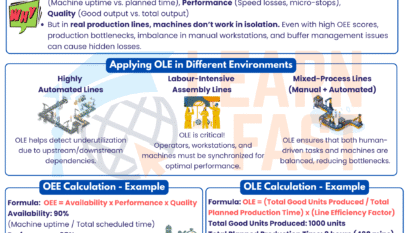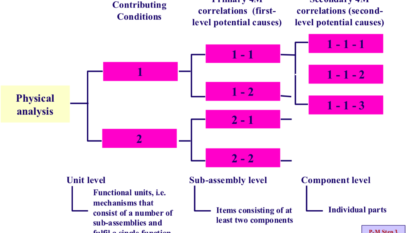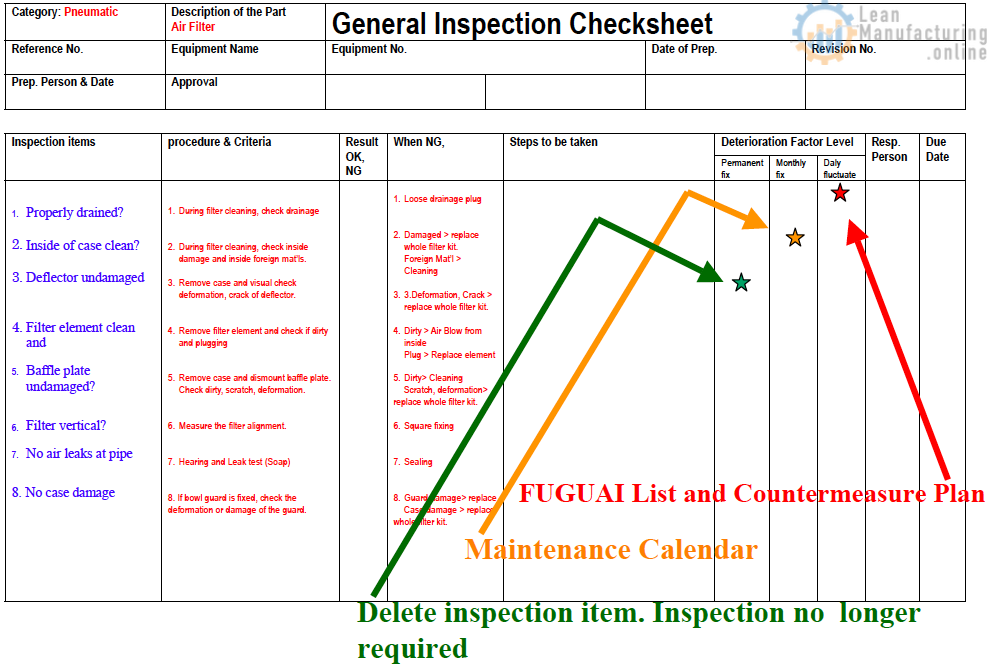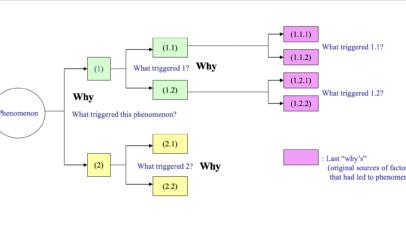(1) Confusion
People are often concerned about the length of time required for changeovers while failing to get a proper grasp of the situation. The task is left up to the operators, with problems concerning the items listed below left unsolved. The result is unstable changeover times with no understanding of the reasons behind their wide variation.
- Working methods (procedures, methods, operator skills)
- Jigs and tools (shape, mechanism, precision)
- Equipment precision (precision requirements, relationship between precision and adjustment)
- Engineering issues (technical improvements required)
- Supervision (need for evaluation)
(2) Unclear procedures
Although the sequence of operations is the most difficult thing about a changeover, in many cases there is no set procedure, and each operator does the changeover his or her own way, using different methods, a different sequence of steps, and different adjustments. This is why changeover times vary so widely and why, depending on the operator, problems may be experienced when production is started up, making it necessary to reset the machines. The procedures may be unclear either because none have been specified or because they are not properly taught.
(3) Lack of investigation of adjustment, and failure to achieve right-first-time changeover
Although adjustments account for around 50% of changeover time, the problems associated with them tend not to be investigated thoroughly enough (see Table “Percentage of Total Time Taken by Typical Changeover Tasks”). Adjustment is regarded as a difficult subject and a necessary evil, and few attempts are made to improve it. However, although not all adjustments can be eliminated, some certainly can, so the first requirement is to study the mechanisms governing them and work out which are avoidable and which are not. The avoidable ones should then be eliminated, and the unavoidable ones speeded up. Reducing the time taken for adjustments is a crucial part of changeover reduction since they account for such a high proportion of the total time.

Although it is theoretically possible to achieve right-first-time changeover (changeover that requires no trial processing) by eliminating adjustments, this has rarely been achieved in practice. Nevertheless, the right-first-time changeover is possible even in the machining and assembly industry, provided that the product is accurate to no less than 5 μm. Achieving it would be highly beneficial, so it is a major issue that should be tackled without delay.



















